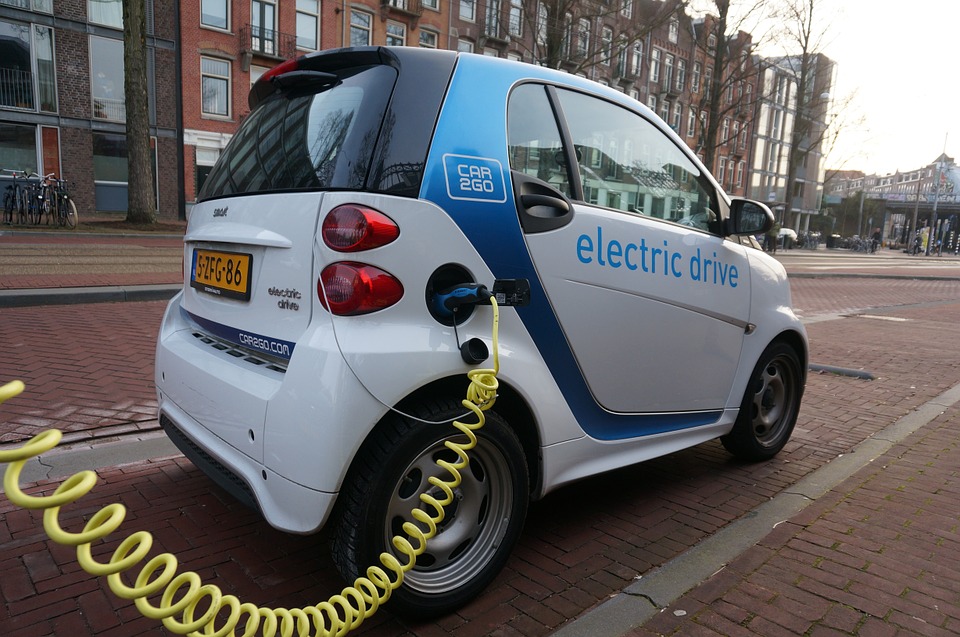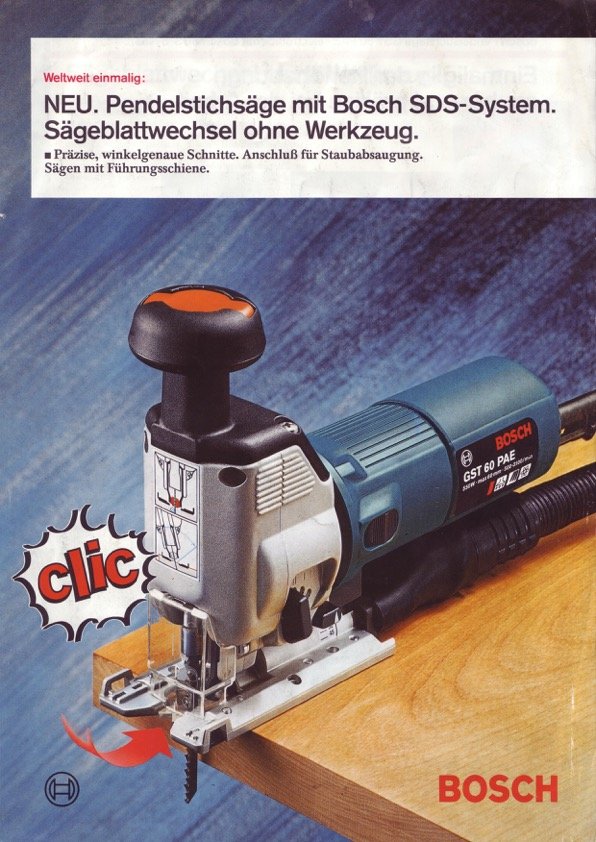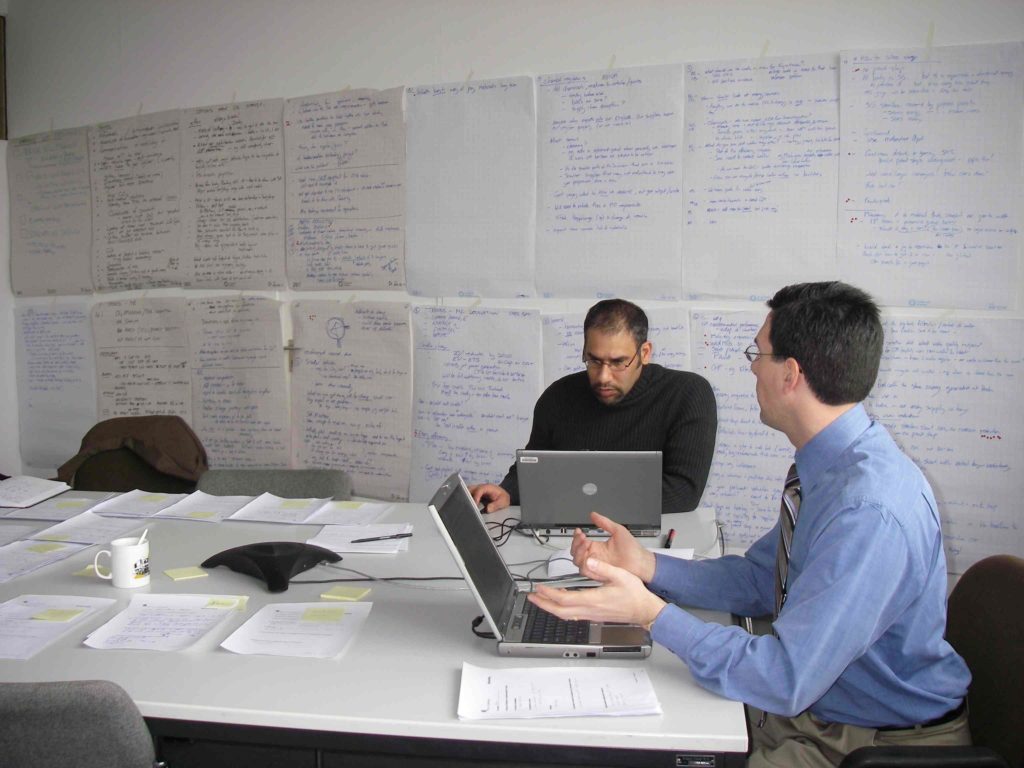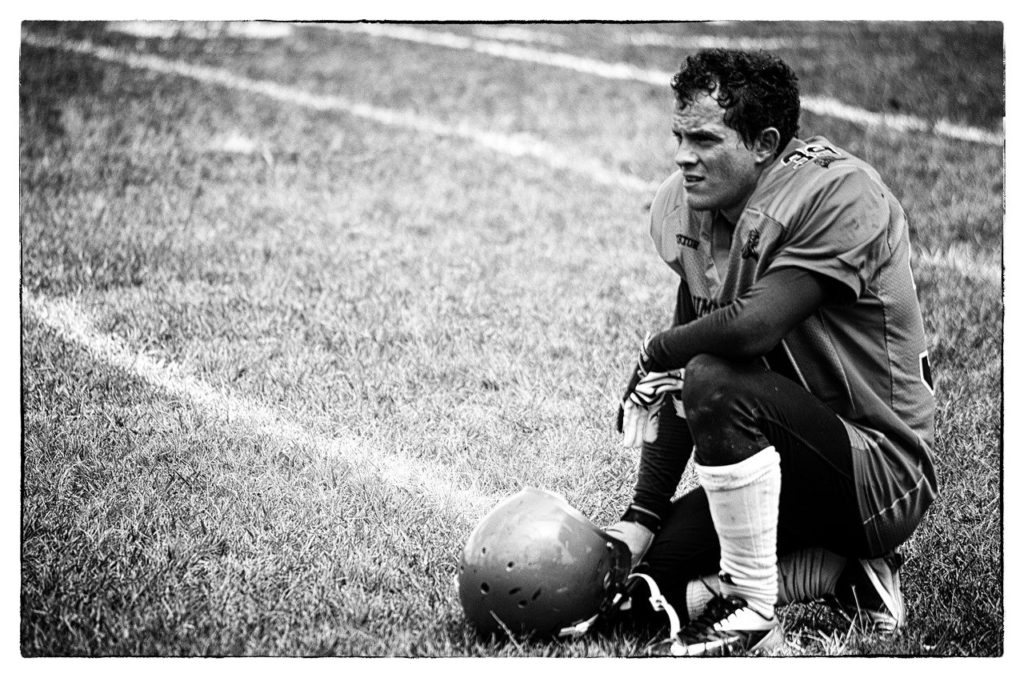Anne Miller is an innovator, entrepreneur and Director of the Creativity Partnership where she helps people and organisations innovate.
She is probably one of the world’s most prolific female inventors She started her career as a research and development engineer developing condensing gas boilers, solar panels and heat pumps, before moving into technical consultancy, where she developed a wide range of innovative products. These included tools for Bosch Powertools and Braun, medical products for Bayer, Lilly and Aesculap and innovative manufacturing systems for Sulzer and the Female Health Company.
In 1988 she was a co-founder of The Technology Partnership one of Europe’s leading technology innovation organizations, where she founded and ran the Innovative Engineering sector.
In 2000 she founded her own business, The Creativity Partnership where she provides consultancy, training and workshops for clients ranging from large corporations to the NHS. She also gives seminars at Cambridge University and mentors individual entrepreneurs and innovators.
She helps a variety of organisations as a non-executive Board member, Trustee or advisor. She was a co-founder and then board member of the Climate Coalition from 2005-10. This was the charity that built the UK’s largest and most diverse coalition of UK NGOs campaigning on climate change and played a key role in the passage of the Climate Act.
From 2012-14 she was a non-executive board member of British Antarctic Survey, one of the world’s leading environmental science research centres. She has a 1st class degree in Engineering from Cambridge University, 39 patents and is author of the book “How to get your ideas adopted (and change the world)”.
Related posts
Thinking creatively about the low carbon transition can stimulate new thinking and motivate staff to innovate; bringing big benefits to the bottom line, both now and in the immediate future.
Without creativity, how are young people to participate in the exciting world of innovation and development that those of us involved in RADMA find so satisfying and profitable? Anne Miller puts the case for creativity on the curriculum.
Many R&D managers will recognise the feeling of being asked to achieve a complex multifaceted project with an apparently impossible timescale and distracting internal politics, while being under-resourced and under huge pressure to “just get on with it”. However isolation increases of likelihood of developing an unworkable solution.
The great thing about having a genuine variety of ideas, is that it very substantially reduces the risk of R&D. This is because variety stimulates creativity and having a genuine choice allows good quality decisions.
When done well, by the right sort of people, with an experienced facilitator, a brainstorm has real strengths and can produce large numbers of ideas.
A sense of unease can have knock-on consequences on our ability to be creative and come up with new ideas, even in the nominally separate world of R&D.
Creativity can seem quite a messy discipline, but I find it useful to categorise it into 4 aspects: process, people, product and place, based on work by the pioneering US creativity researcher, Mel Rhodes.
Brainstorming often seems simple, but it isn’t, as Anne Miller and Ieva Martinaityte discuss in the first of our podcasts about creativity.










